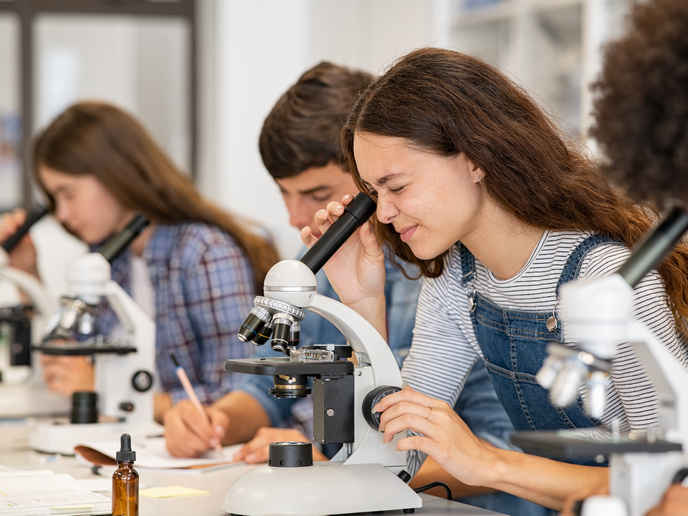Schools, local communities team up for better science education
Equipping students with the right knowledge and skills for the 21st century remains a challenge for mainstream education. Open schooling can help overcome this challenge by providing tomorrow’s citizens with the competences needed to critically assess scientific news sources, and to make fact-based decisions and informed choices.
New educational ecosystem
But first, education needs to become more hands-on and linked to real-world issues. Open schooling fosters collaboration between schools and local communities by carrying out real-life experiments. This empowers students to make choices about their own learning. Families are also encouraged to become partners in this learning process. “To make a real change you need to engage the changemakers – the teachers,” says Make it Open project coordinator Maya Halevy, director of the Bloomfield Science Museum in Jerusalem. “We looked at the role of teachers and developed scaffolds for them to adopt and adapt the approach, the pedagogy and the tools that can help them exploit the opportunities in their community.”
Learning by doing
Together with teachers, the Make it Open project partners created 16 modular learning scenarios (LSs) and accompanying lesson plans that involve solving problems in science, technology, engineering, arts and mathematics. Translated into 10 languages, the LSs consist of nearly 140 independent learning units. Teachers successfully tested the lesson plans in 150 primary and secondary schools in Greece, Spain, Hungary, the Netherlands, Poland, Portugal, Romania, Sweden, Israel and the United Kingdom. Each LS fosters creativity, critical thinking and engagement. For example, students in the Polish city of Łódź tackled air pollution by developing instruments to measure their surroundings and collect data. As a result, they gained a deeper understanding of what pollution is and how the atmosphere can be polluted. The students shared their findings through an awareness raising campaign and encouraged parents and residents to take public transportation, carpool and cycle. To introduce open schooling in the 10 participating countries, the project team formed hubs led mostly by science centres, museums and other non-formal learning organisations. The hubs helped schools to form partnerships with parent organisations, non-formal science education organisations, civil society, enterprises, research labs and local authorities, among others. They offered training, meetups and bootcamps to properly apply the resources.
Navigating the world of open schooling
A toolkit offers guidance and support in leveraging the potential of Make it Open tools. Information packs are available for teachers new to open schooling. They can learn about the benefits and how to begin exploring open schooling practices in their schools or communities. A free massive open online course was also designed to introduce teachers and educators to open schooling ideas and pedagogy. The Open Schooling Navigator is an interactive online platform that contains all project resources. Users can copy, redistribute and adapt the materials to meet their needs. “Tangible, usable, attractive and flexible tools can lead to a change in learning towards open schools, but it is not enough,” concludes Halevy. “To mainstream the open schooling approach, we need to redefine the role of teachers, change regularities, create a community of practice with researchers and lobby ministries of education to embrace it.”
Keywords
Make it Open, open schooling, teacher, science, school, student, education



